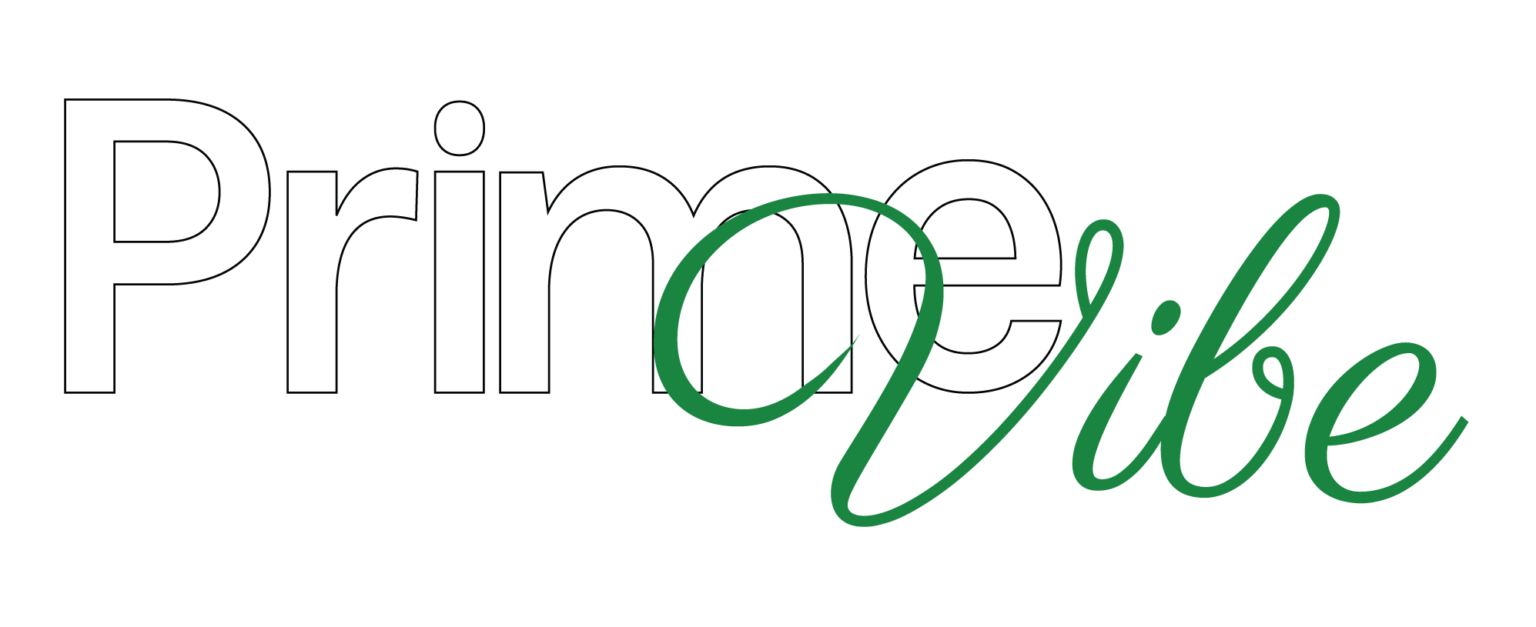Retirement planning is a crucial aspect of financial management, and for most salaried individuals in India, the Provident Fund (PF) has been a cornerstone of retirement savings. The Employee Provident Fund (EPF) and Public Provident Fund (PPF) are instrumental in providing retirement security. These forms of savings are attractive due to their tax benefits, employer contributions, and long-term interest accrual. However, is PF alone enough for a secure retirement? Understanding its limitations is essential for an effective retirement strategy.
What is PF?
The EPF is a mandatory savings scheme for salaried employees, governed by the Employees’ Provident Funds and Miscellaneous Provisions Act, 1952. Both employer and employee contribute 12% of the employee’s basic salary and dearness allowance to the EPF account. It serves as a financial cushion for post-retirement life, with the employee able to withdraw the accumulated money entirely at retirement or partially during their service for specific purposes.
Calculating PF Contributions
To understand the capacity of PF as a retirement tool, it is vital to know how to calculate PF. Suppose an employee has a basic salary of INR 25,000 per month. The monthly PF contribution from the employee would be:
– Employee’s contribution = 12% of INR 25,000 = INR 3,000
– Employer’s contribution (8.33% for Employee Pension Scheme (EPS) and remaining 3.67% for EPF) = 3.67% of INR 25,000 = INR 917.5 for EPF.
Therefore, the total monthly contribution to the PF account is INR 3,917.5. Assuming a consistent salary and annual compounding at the current EPF interest rate of around 8.5%, the accumulated corpus over a span of 30 years would be substantial, but is it sufficient?
Analyzing the Retirement Corpus from PF
Assuming no increments in salary and a constant interest rate, the monthly contributions alone, combined with the interest, would result in approximately INR 1.49 crore upon retirement. While this seems like a significant amount, it may not be adequate when factorized against increasing healthcare costs, inflation, and a longer lifespan.
The Limitations of Relying Solely on PF
1. Inflation: The purchasing power of money decreases over time due to inflation. Even an inflation rate of 6% can significantly erode the real value of your savings. Thus, the real return on your PF savings may not keep pace with inflation, impacting the buying power of your retirement corpus.
2. Longevity: With increasing life expectancy, retirement could easily last 20-30 years or more. This longevity demands a financial strategy that ensures a regular income that lasts as long as you do, which may not be possible with PF savings alone.
3. Healthcare Costs: As you age, healthcare becomes a significant concern. Medical expenses are rising and so ensuring adequate financial support for potential healthcare needs is crucial.
4. Change in Lifestyle: Your current funds could be insufficient if you have plans such as traveling or pursuing hobbies, or if unexpected financial responsibilities arise.
Augmenting PF with Other Investments
Diversification is key in preparing for a robust financial future. Many opt to supplement their PF with investments in mutual funds, equities, National Pension System (NPS), insurance, real estate, or other pension schemes. Each investment vehicle carries its own risk-return profile, tax implications, and suitability depending on your retirement goals and risk appetite.
For example, equity investments, although riskier, have historically provided inflation-beating returns over the long term. Mutual funds and the NPS are also popular for their structured approach to retirement savings with the potential for wealth growth that can augment the retirement portfolio.
Conclusion
While PF is a reliable tool, especially considering its government backing and tax benefits, it should form only part of your retirement planning strategy. The adequacy of your retirement resources depends largely on your lifestyle expectations and unforeseen expenses that may arise. Calculating your expected expenses and income during retirement is vital in ensuring that you can maintain your desired living standard.
Disclaimer:
Investments in financial markets carry risks. The past performance of PF or any investment option isn’t indicative of future returns. Individuals must thoroughly assess all the pros and cons of trading in the Indian financial market before making investment decisions.
Summary
In “Is PF Enough for Your Retirement? Understanding the Limits of Provident Fund Savings,” we examine whether relying solely on Provident Fund savings can ensure a comfortable retirement. An analysis of PF contributions and their potential accumulation, such as INR 1.49 crore over 30 years at current interest rates, highlights its significance but also its limitations. Factors like inflation, increased longevity, and healthcare costs threaten the adequacy of PF savings alone. Diversification into other financial instruments like mutual funds, equities, or NPS is advisable to compensate for these limitations. This strategic approach ensures a financial cushion robust enough to withstand economic pressures and evolving personal needs. Financial planning must be customized to fit individual circumstances, and potential investors should evaluate all market risks thoroughly before diversifying their investment portfolio.





